Understanding the Role of Pawns in Chess
In chess, each piece has specific rules governing its movement and capabilities. Pawns are often considered the most basic of the chess pieces due to their limited range of movement. However, they play a crucial role in both defense and offense. Understanding the functions and limitations of a pawn is essential to mastering the game of chess.
Basic Movement of Pawns
Pawns move differently from the other pieces in two fundamental ways: they move forward but capture diagonally. Each pawn can advance one square forward, but when capturing an opponent's piece, it must move one square diagonally forward. Moreover, on its first move, a pawn has the option of moving forward either one or two squares.
Can a Pawn Capture a King?
The direct question of whether a pawn can capture a king in chess strikes at the core of understanding some basic chess rules concerning the king's safety. The simple answer is no, a pawn cannot capture a king in chess. This is not because of a specific limitation on the pawn itself, but rather due to the rules surrounding the check and checkmate conditions in the game.
Understanding Check and Checkmate
In chess, the king is the most important piece. The primary objective in chess is to threaten the opponent's king in such a way that no move can stop his capture on the next turn. This situation is known as checkmate. A king that is under immediate threat of capture is in check and must get out of check on the next move.
When a king is in check, several rules come into play to ensure the safety of the king:
- The player must move the king out of the threat of capture.
- The player must block the check by placing another piece between the king and the threatening piece.
- The player may capture the threatening piece to eliminate the threat.
Therefore, if a pawn threatens a king by being in a position to capture it on the next move, the other player must move his king or otherwise remove the threat. If the threat from the pawn (or any other piece) cannot be mitigated, it results in checkmate, and the game ends.
Scenario Analysis: Pawn Threatening a King
To illustrate, consider a scenario where a pawn advances such that it could take the opposing king on the following move. In this scenario, the opposing player must move their king or block the pawn. Failure to do so would result in the pawn delivering checkmate. However, it is crucial to note that this is a checkmate situation delivered by the pawn and not an actual capture of the king. The game ends once a checkmate has been established.
Strategic Use of Pawns in Threatening Checkmate
Understanding that a pawn can force a checkmate situation, even though it cannot capture a king directly, offers strategic value in gameplay. Smart positioning of pawns can prove remarkably effective in hemming in an opposing king, particularly when working in concert with other pieces. It is these strategies that often enable pawns to contribute decisively to the outcome of the game, enhancing their value far beyond their humble beginnings.
In conclusion, while a pawn cannot capture a king directly due to the rules of chess, it can certainly be pivotal in checkmating the king, which is, after all, the principal objective of the game.
Explore our large collection of luxurious chess sets!


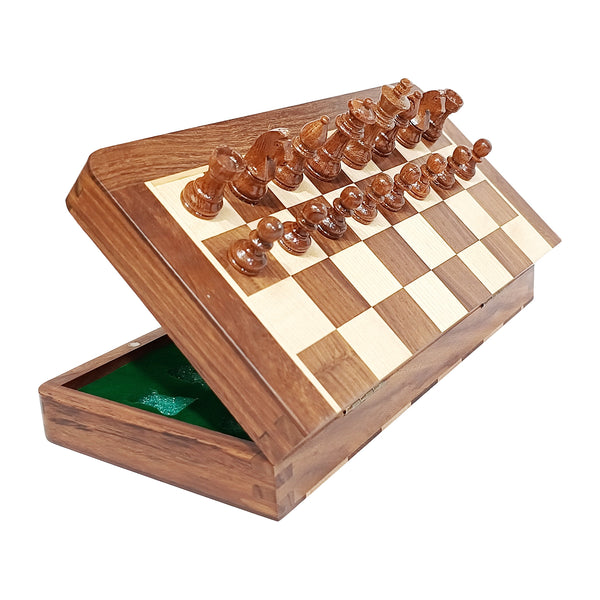
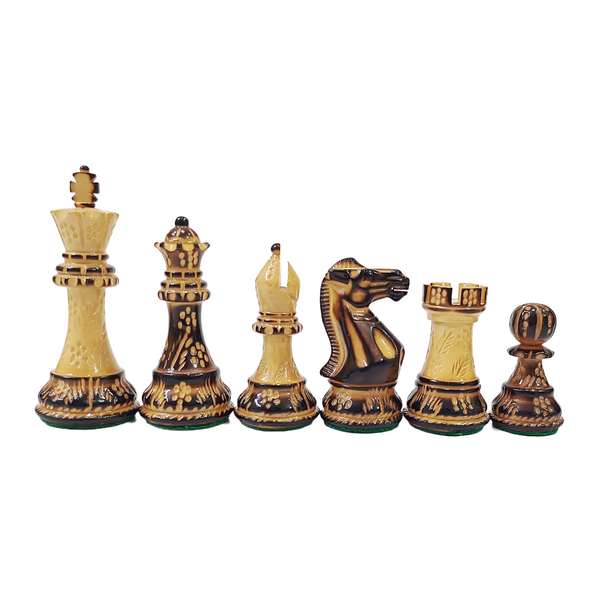
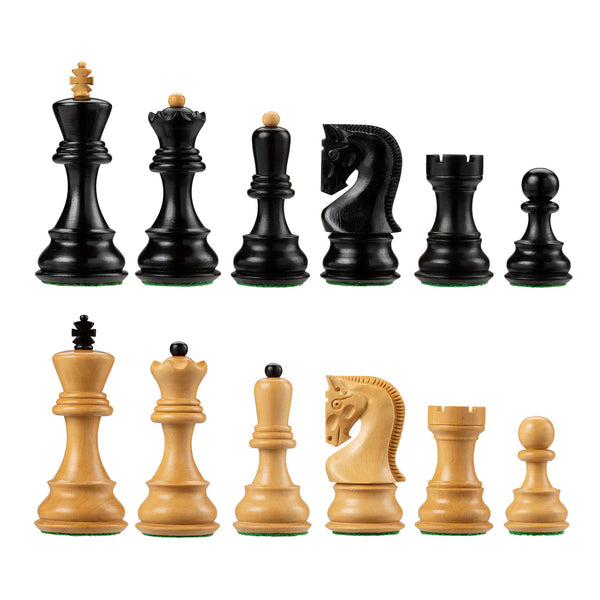
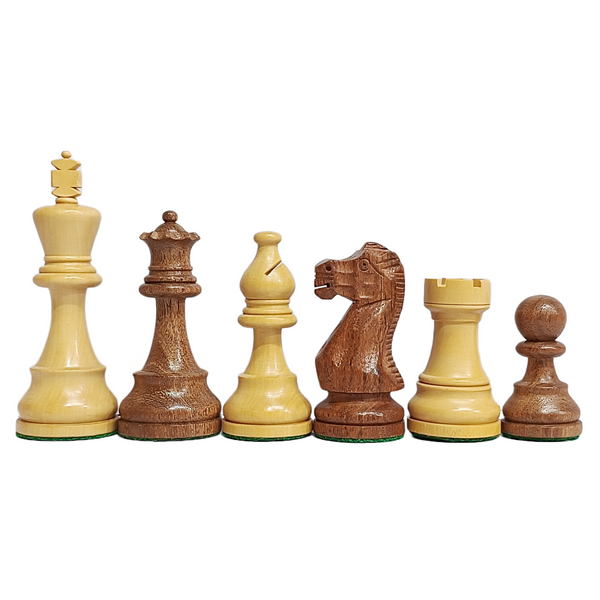

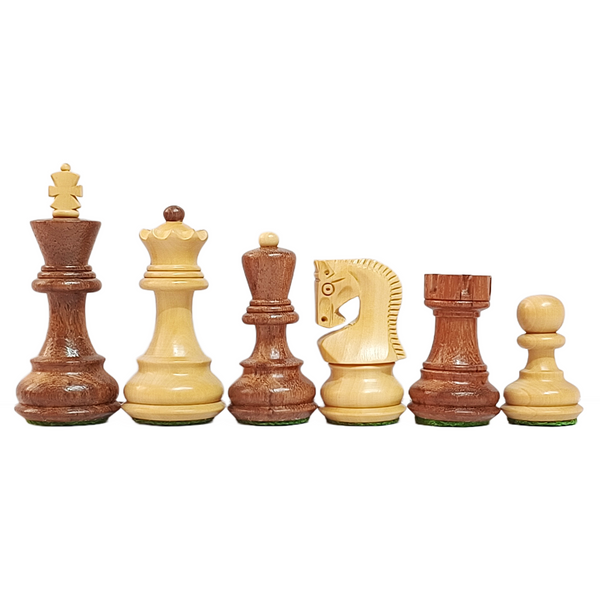






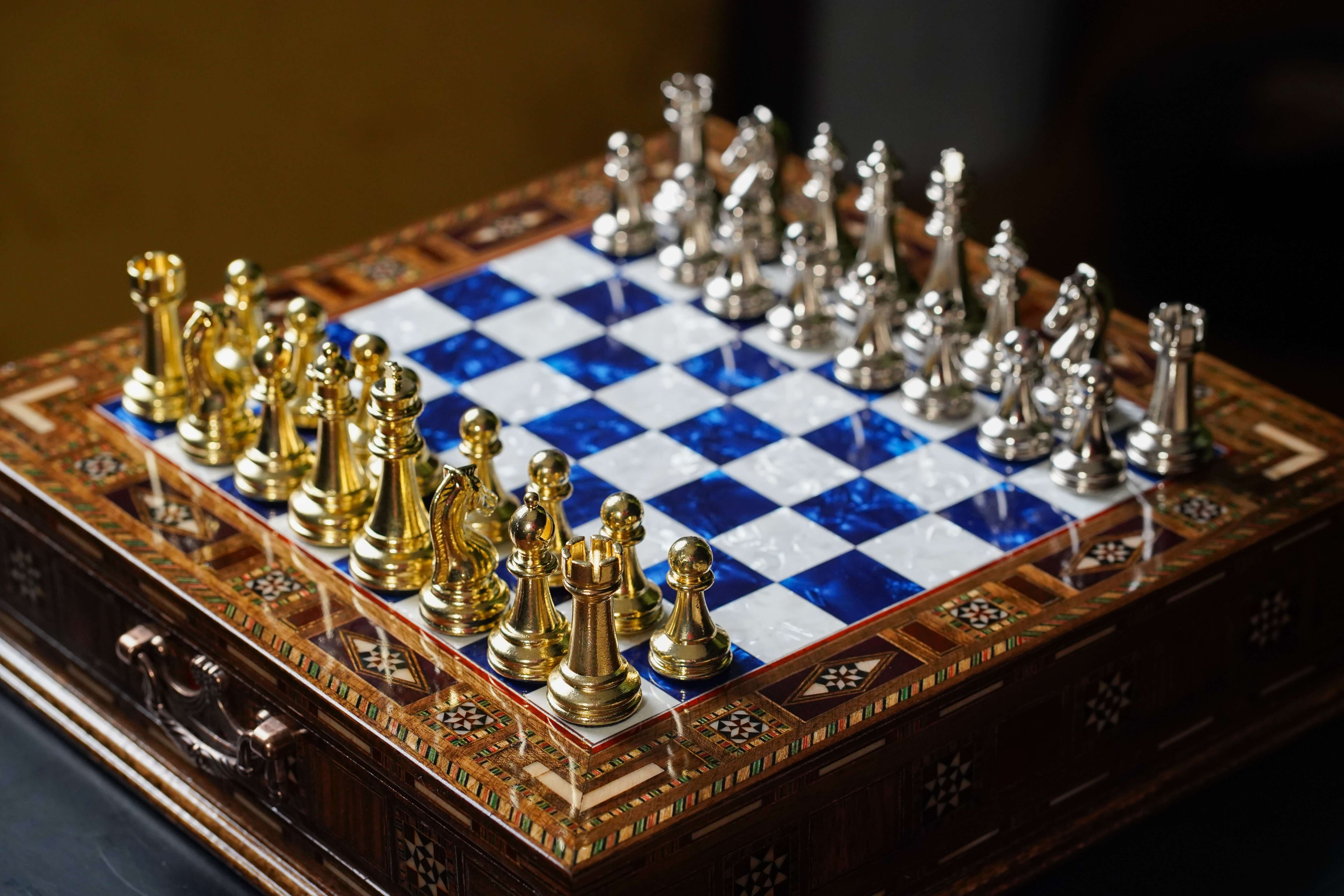
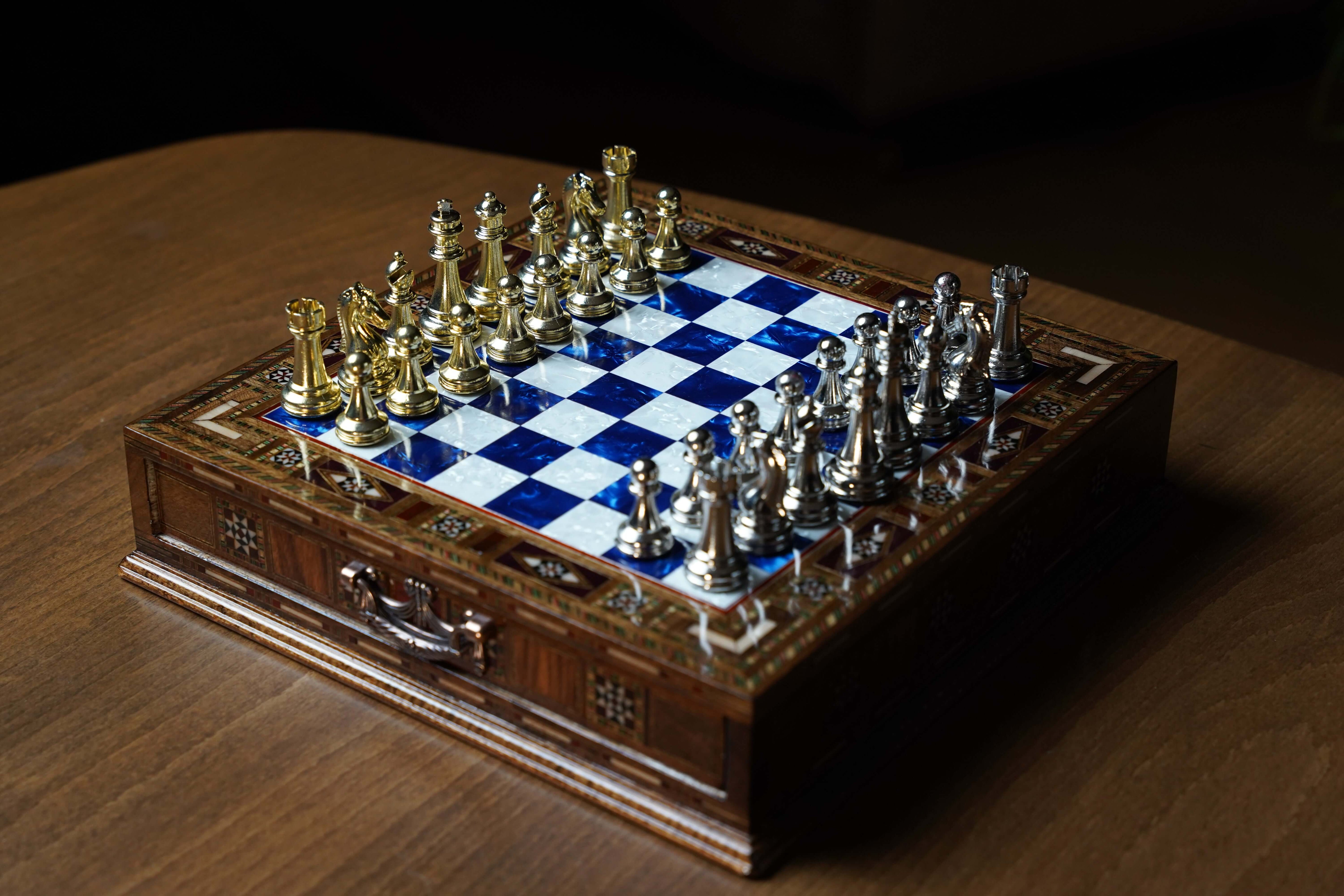
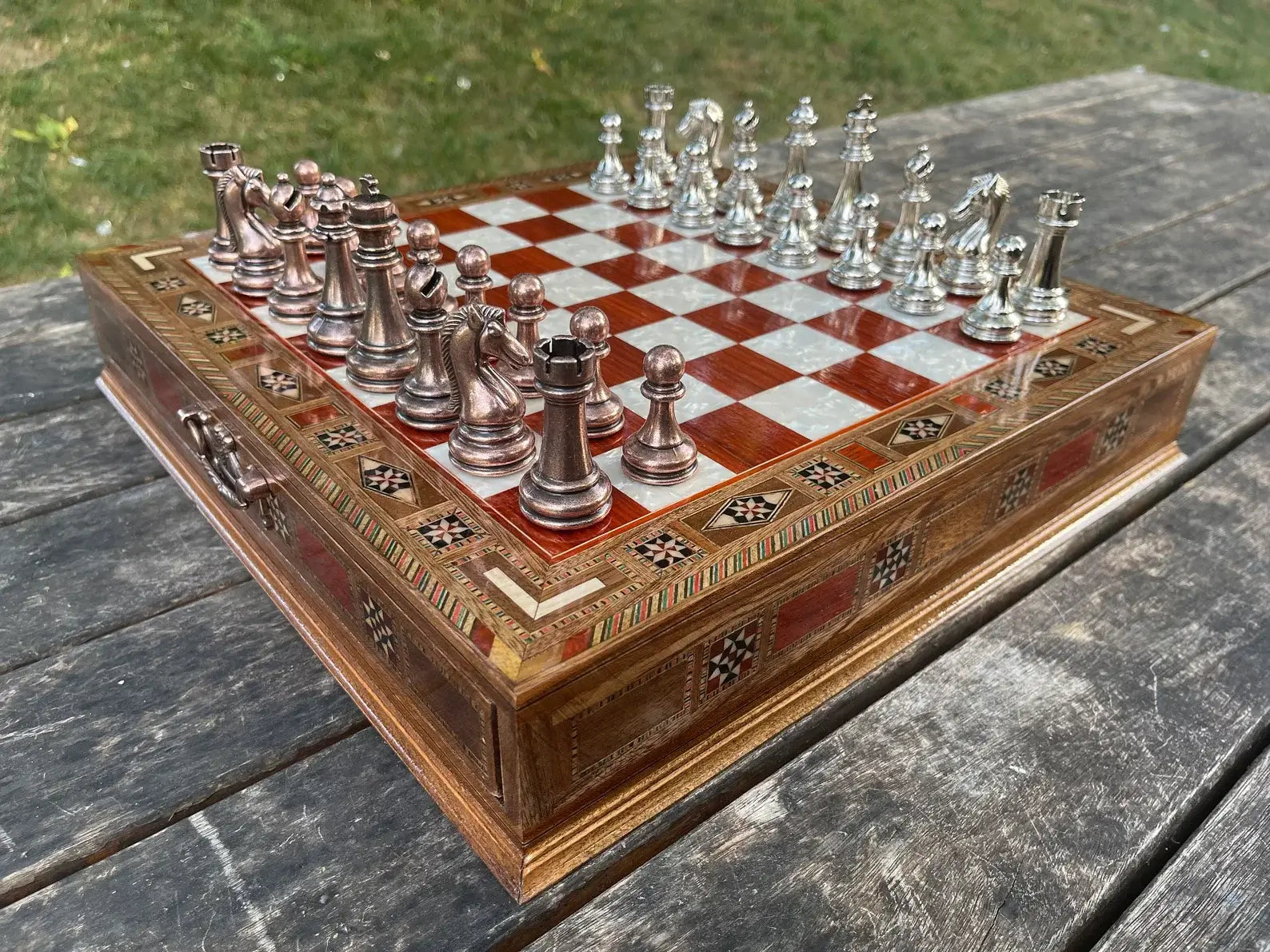
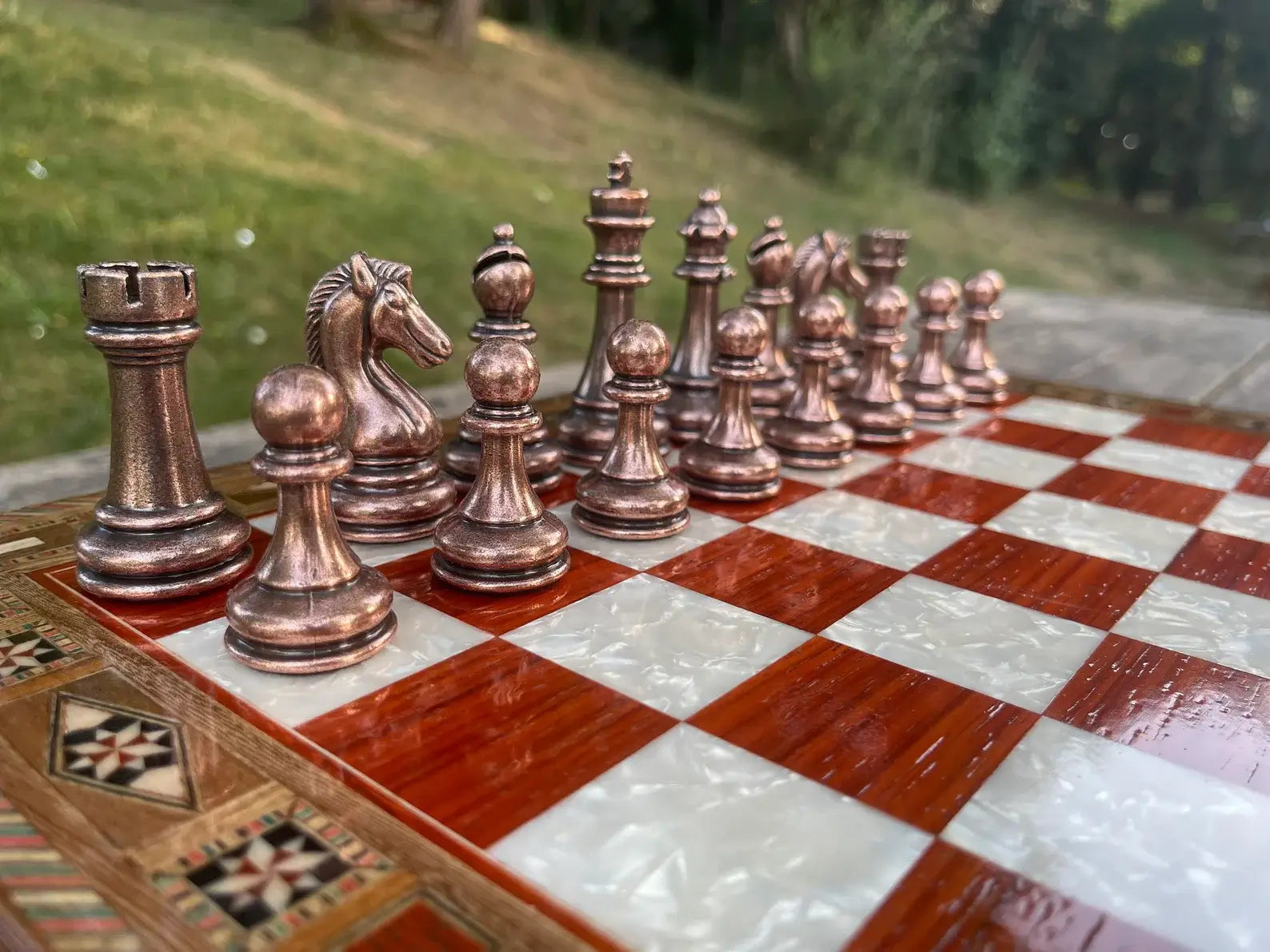
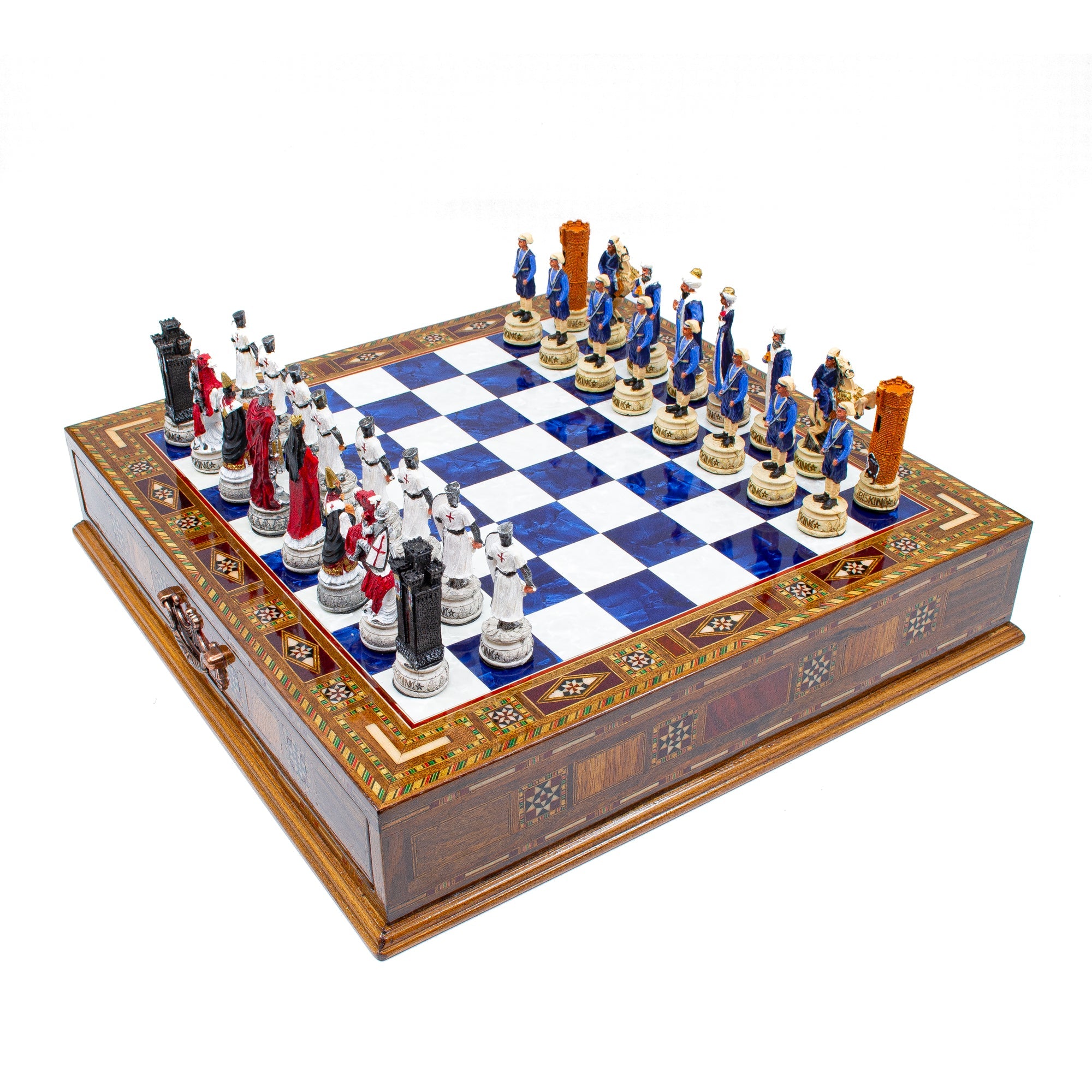
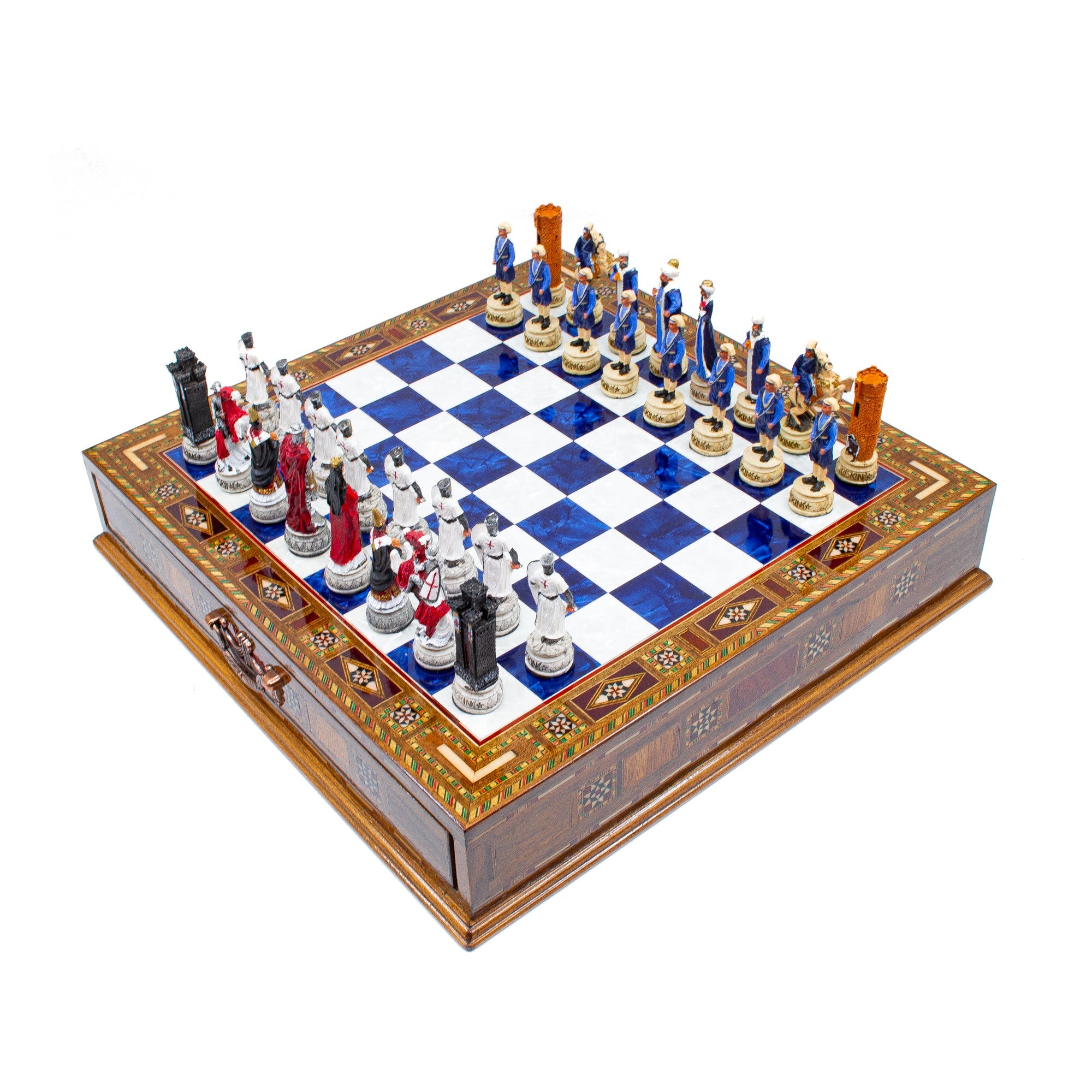
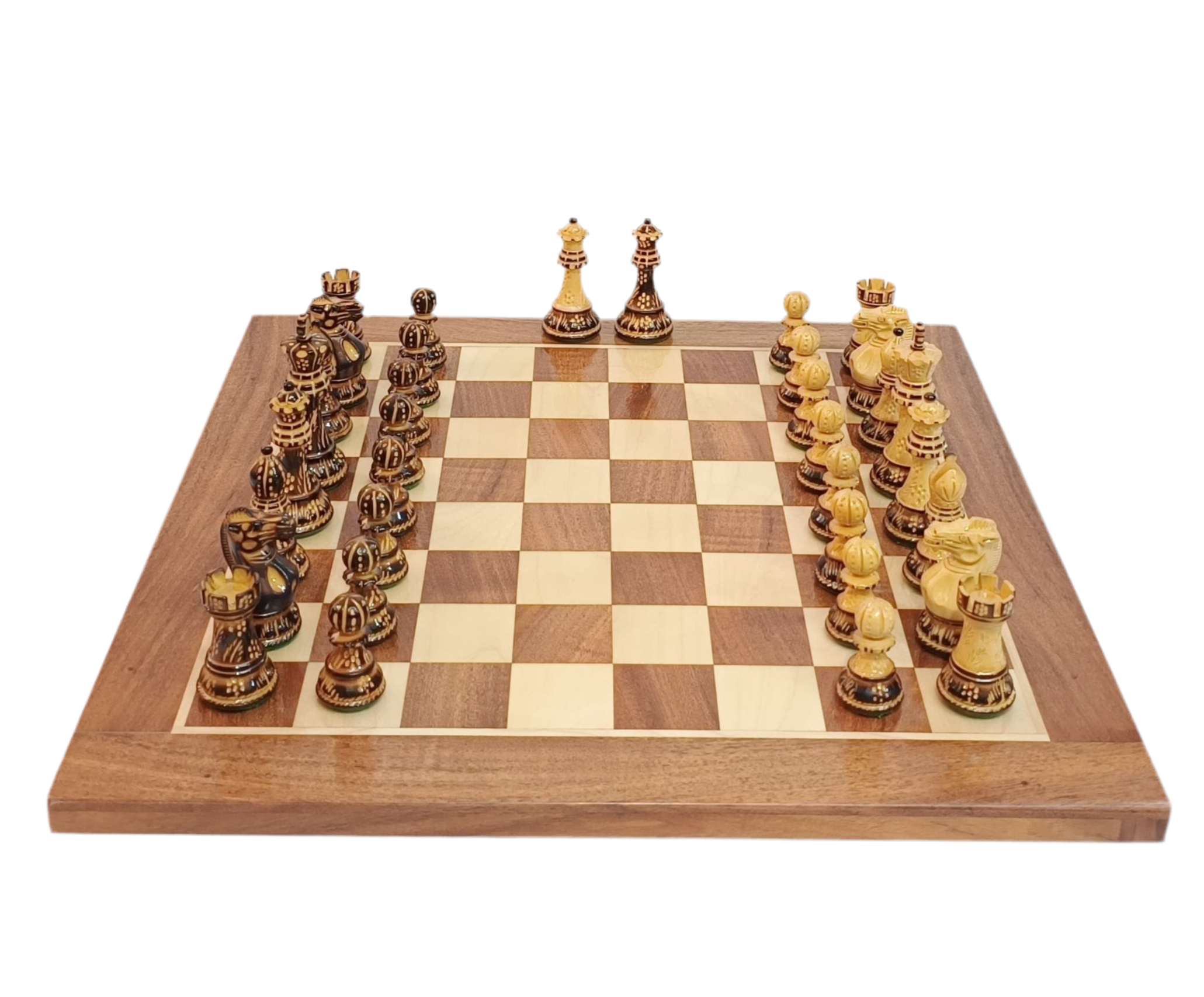
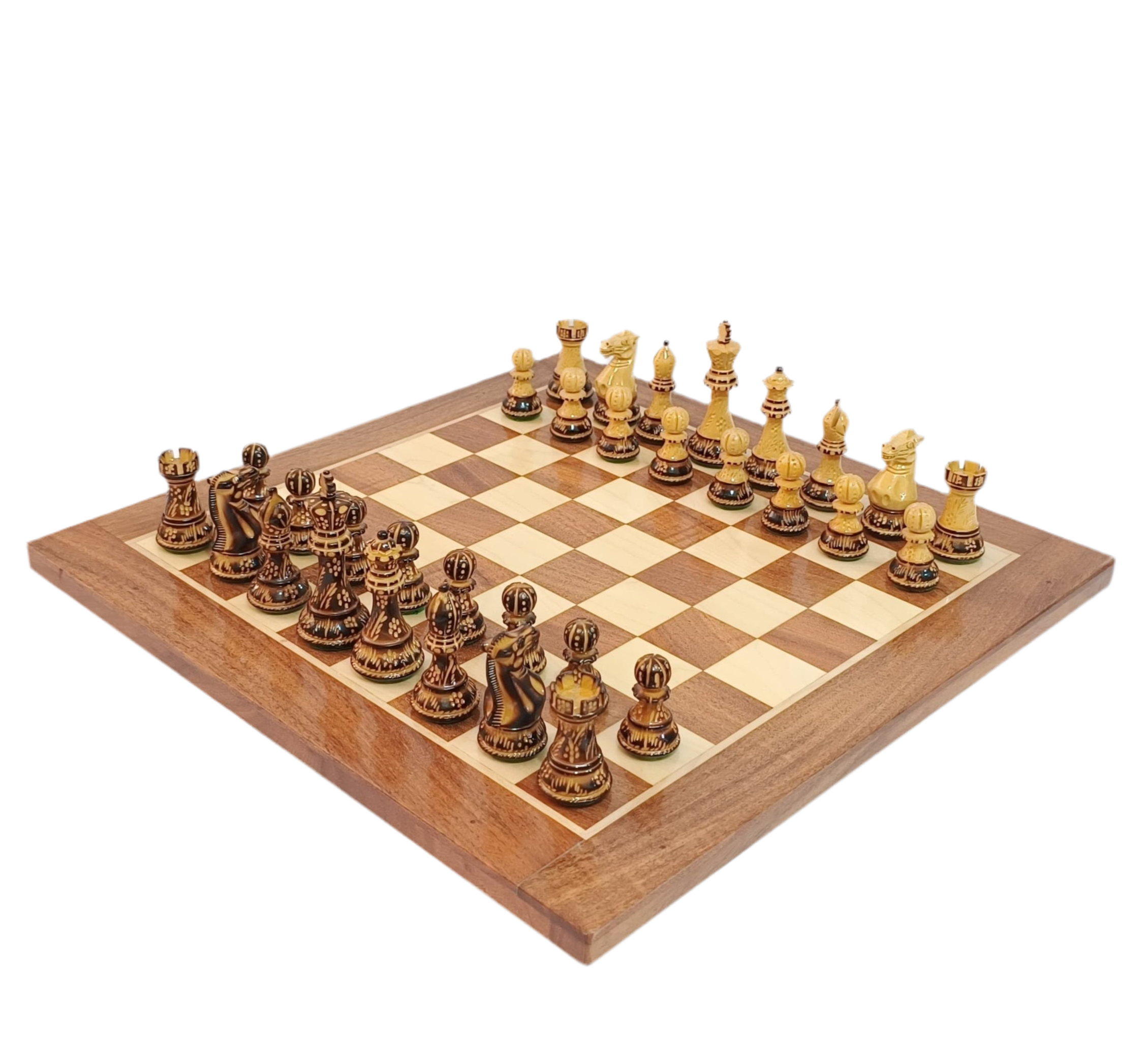
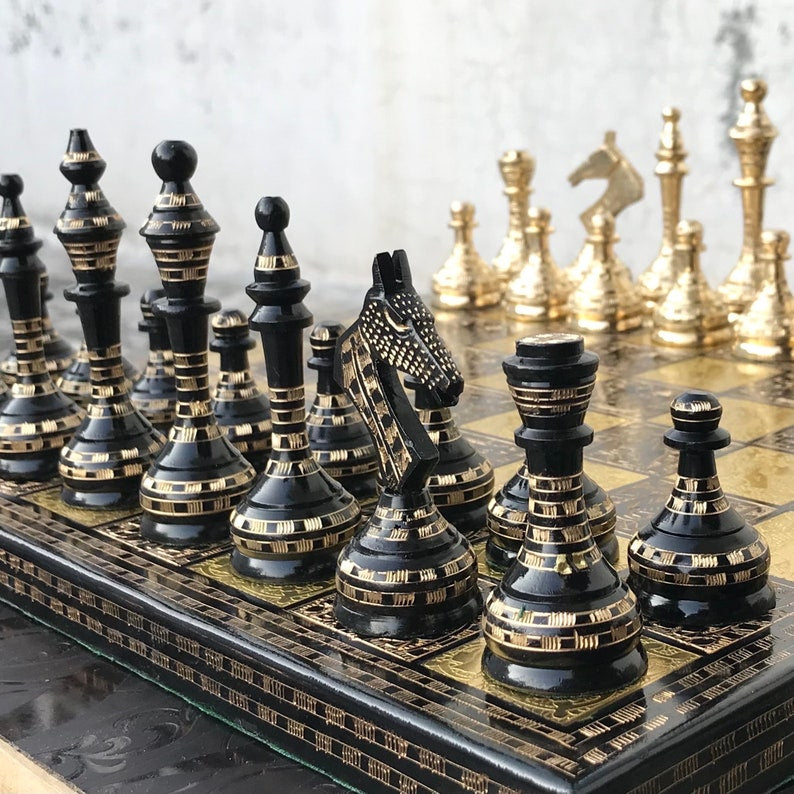
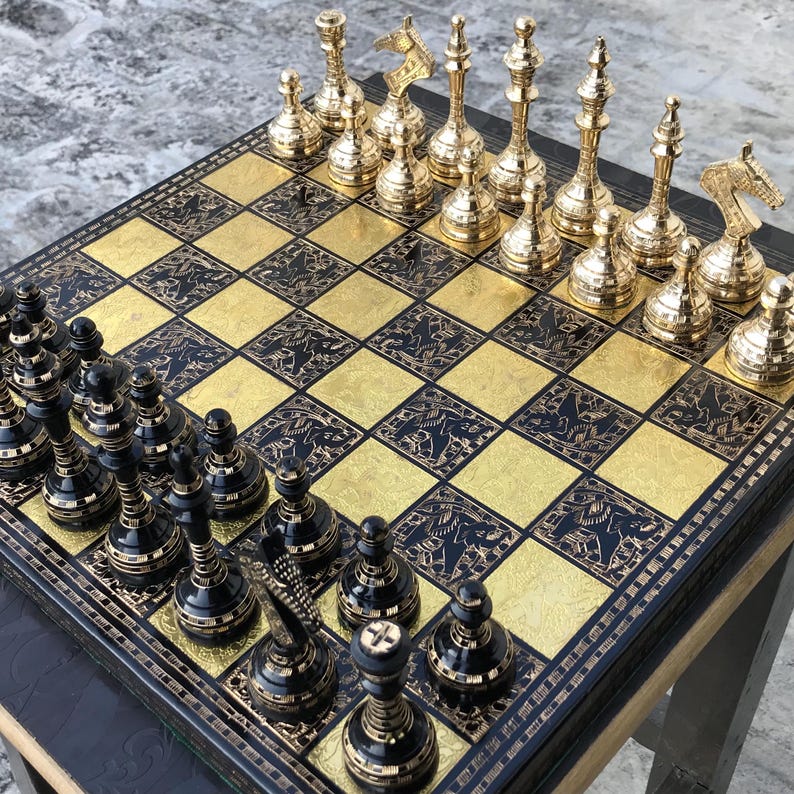


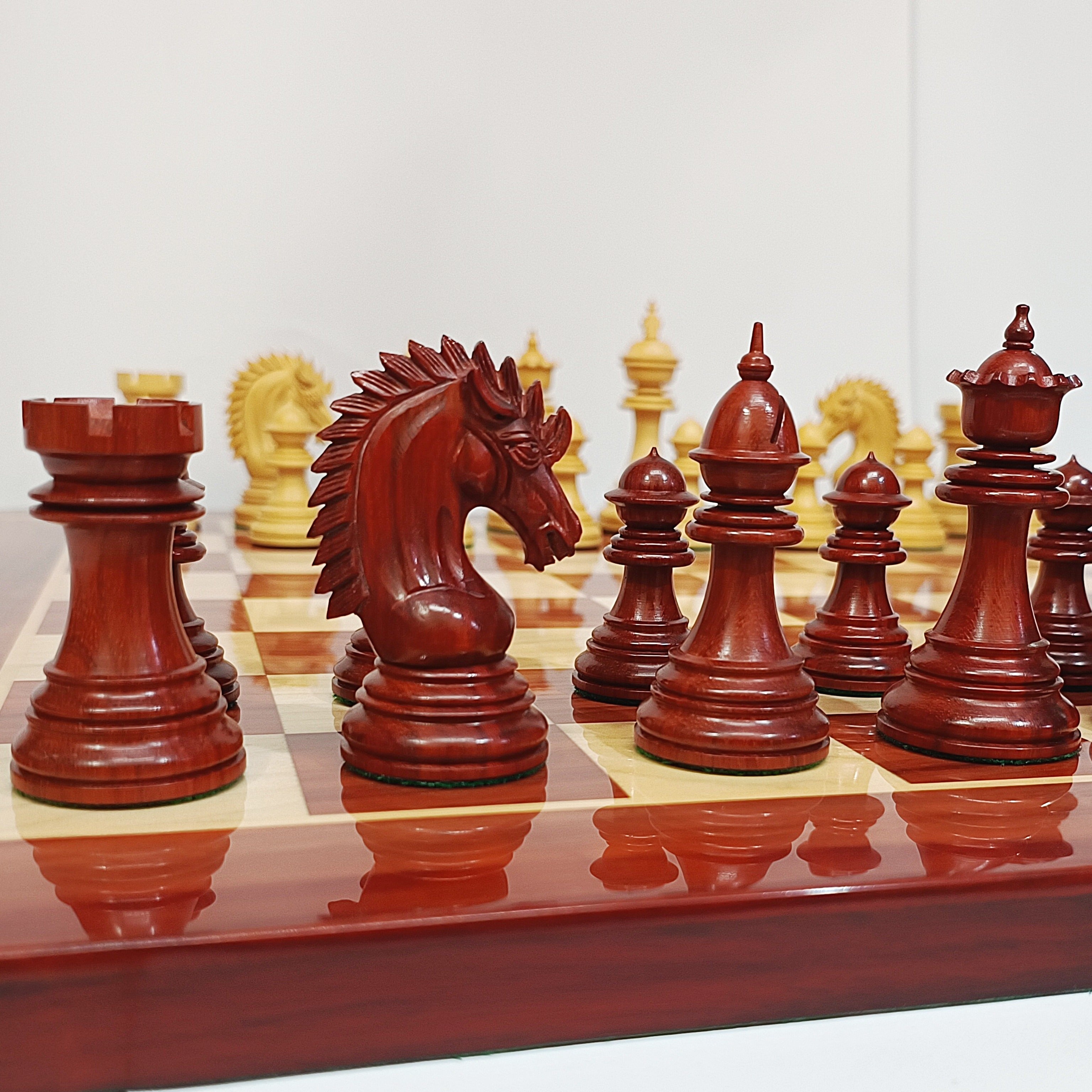
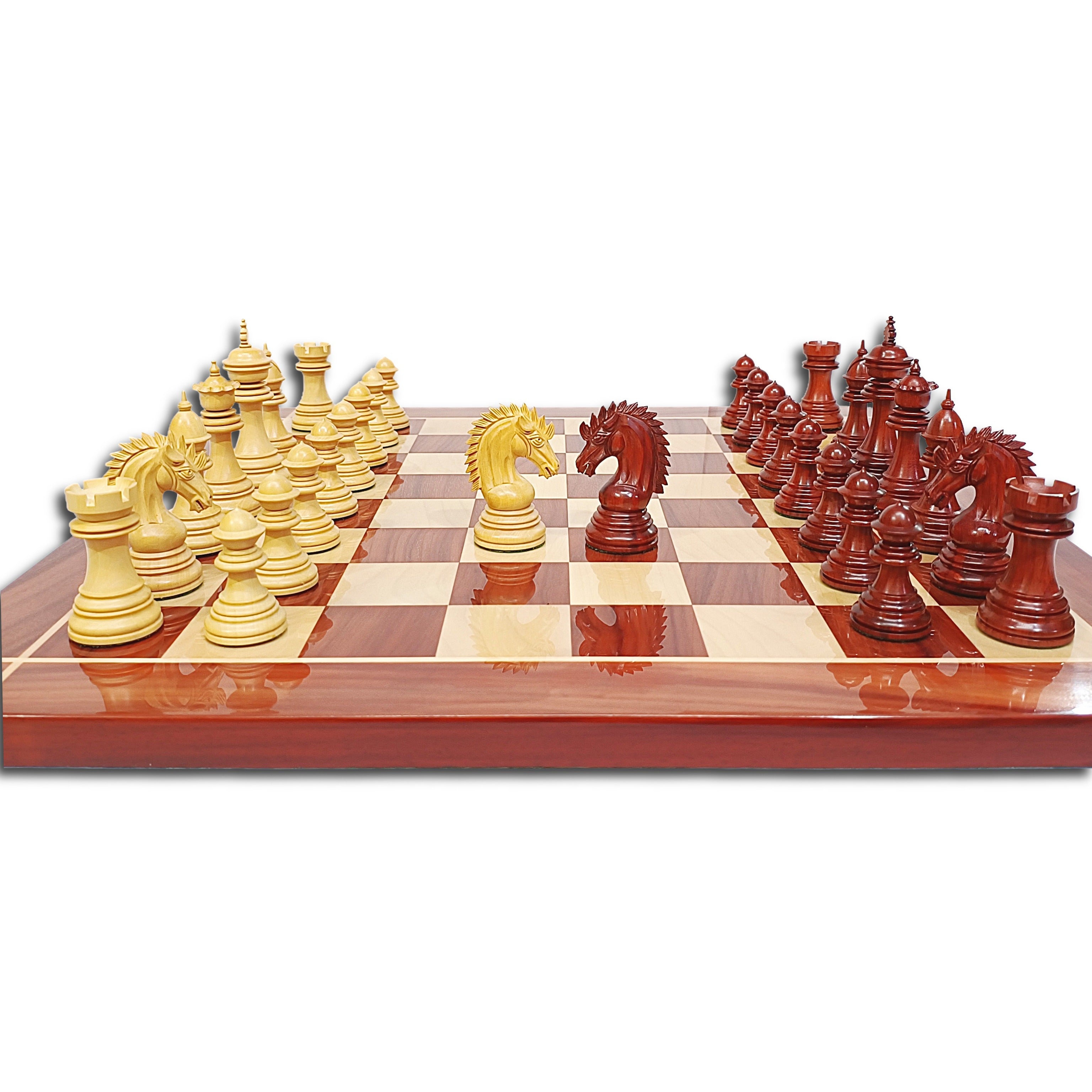

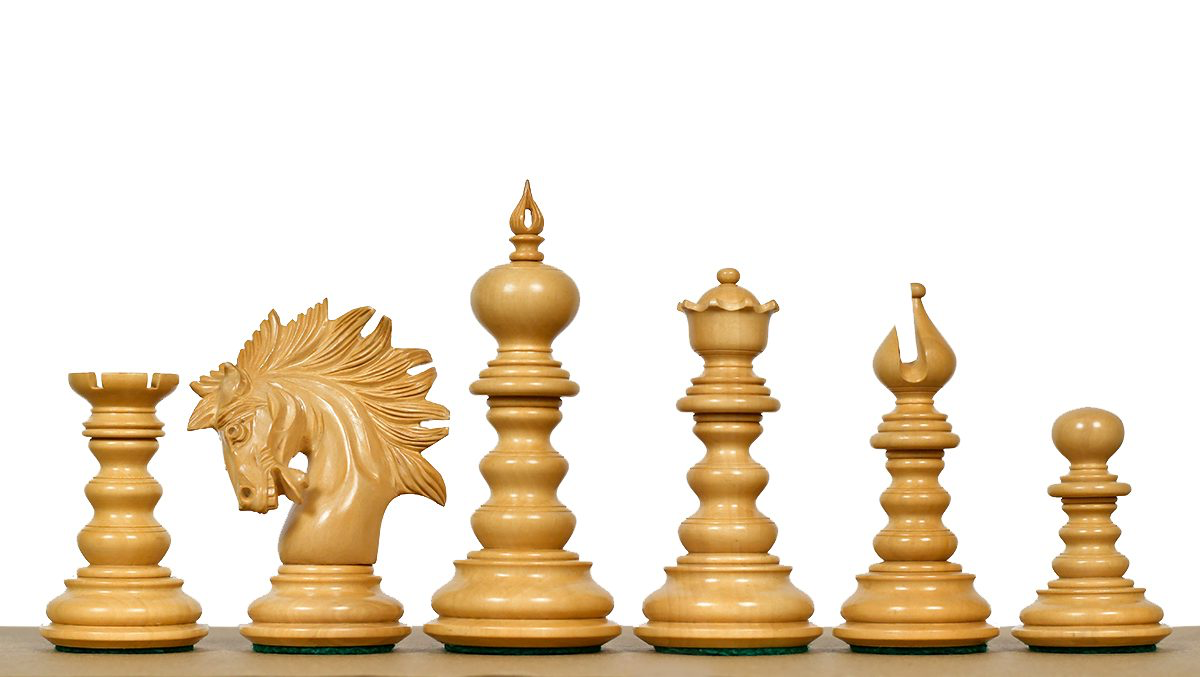
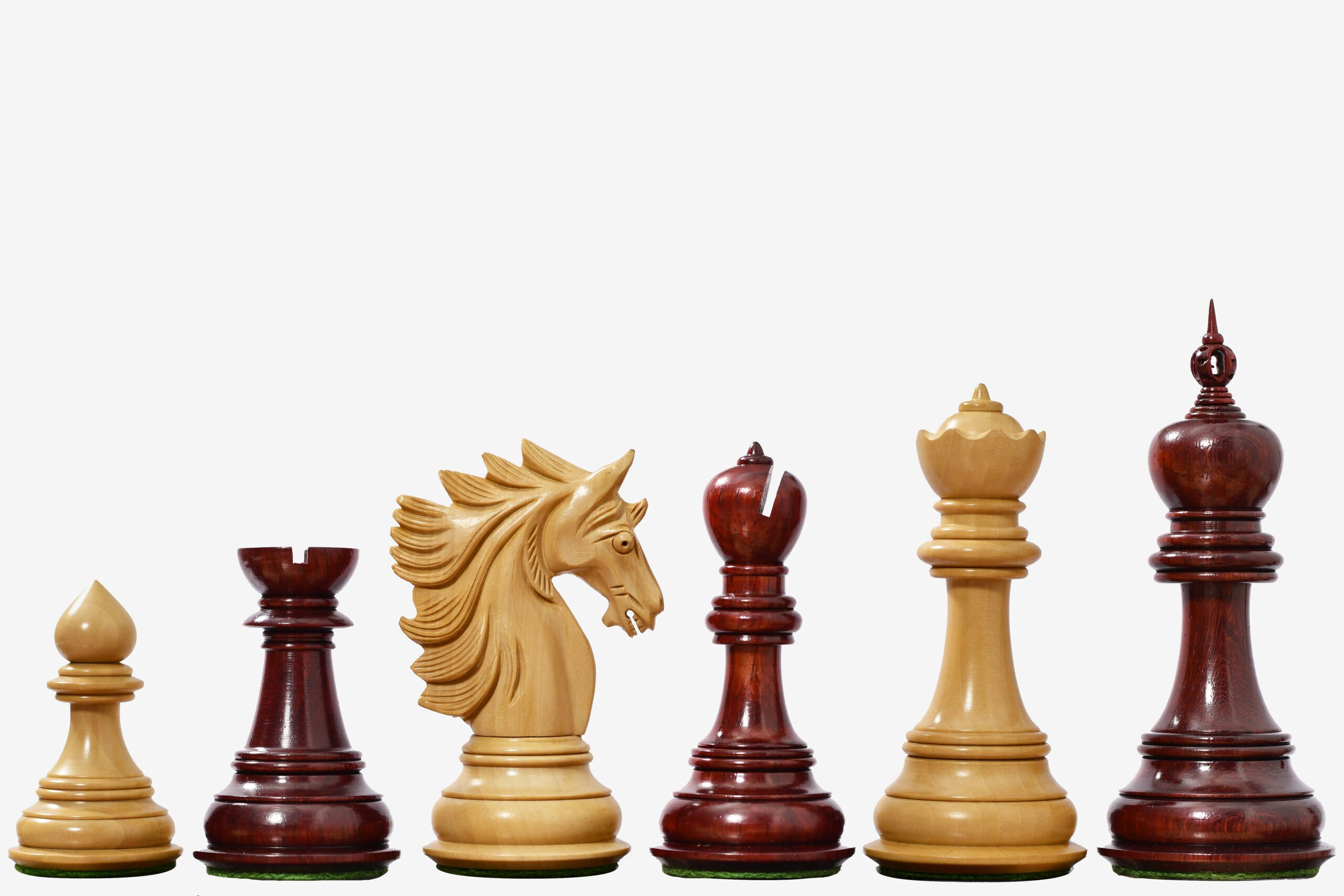
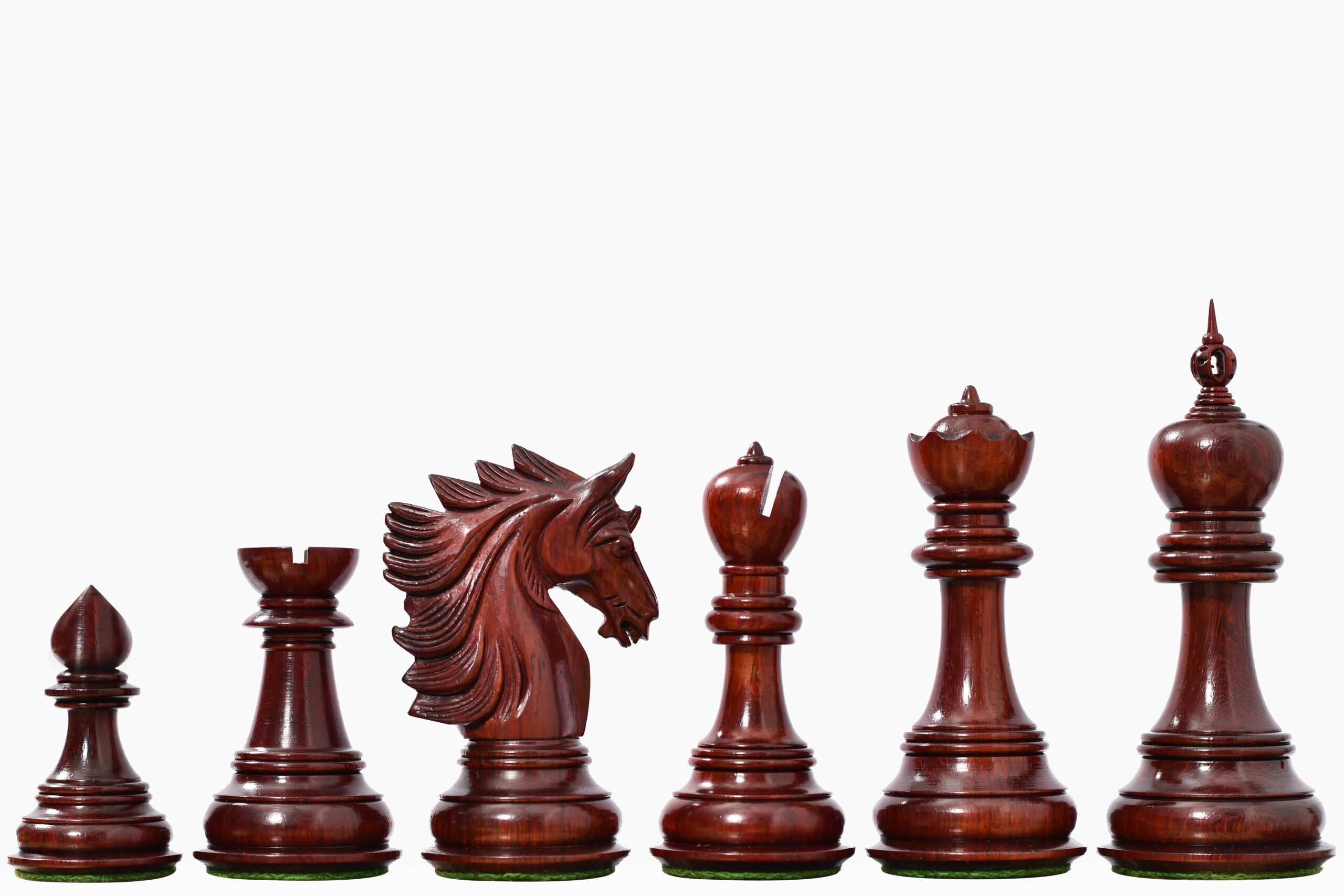
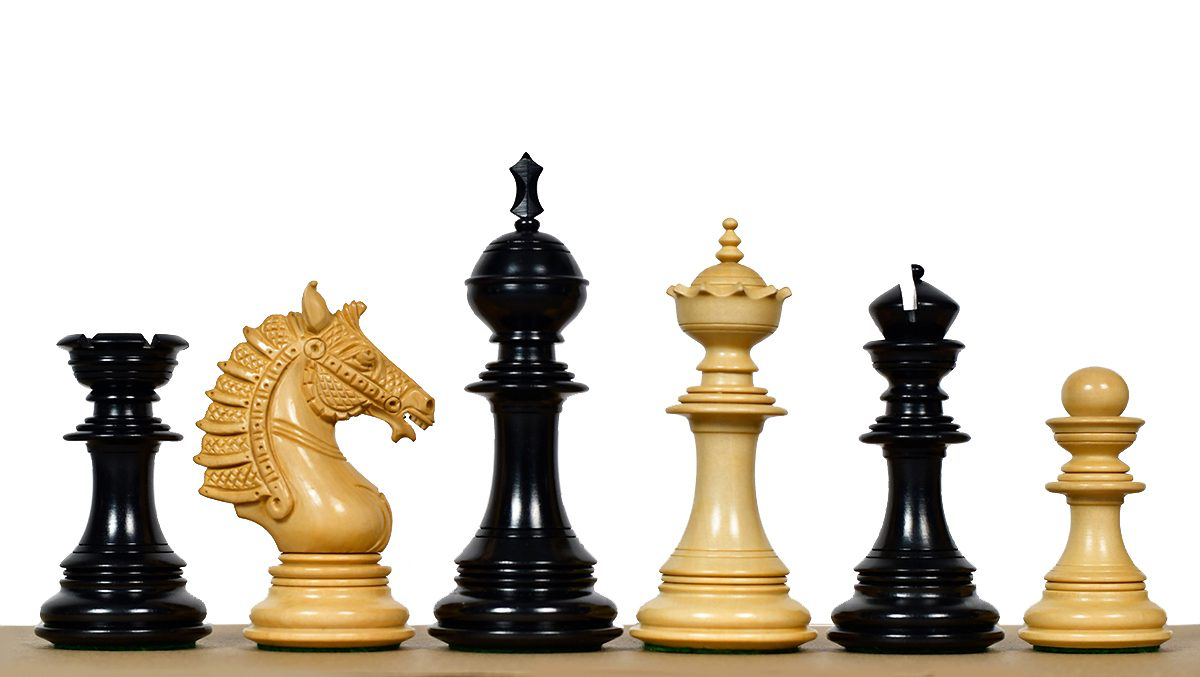
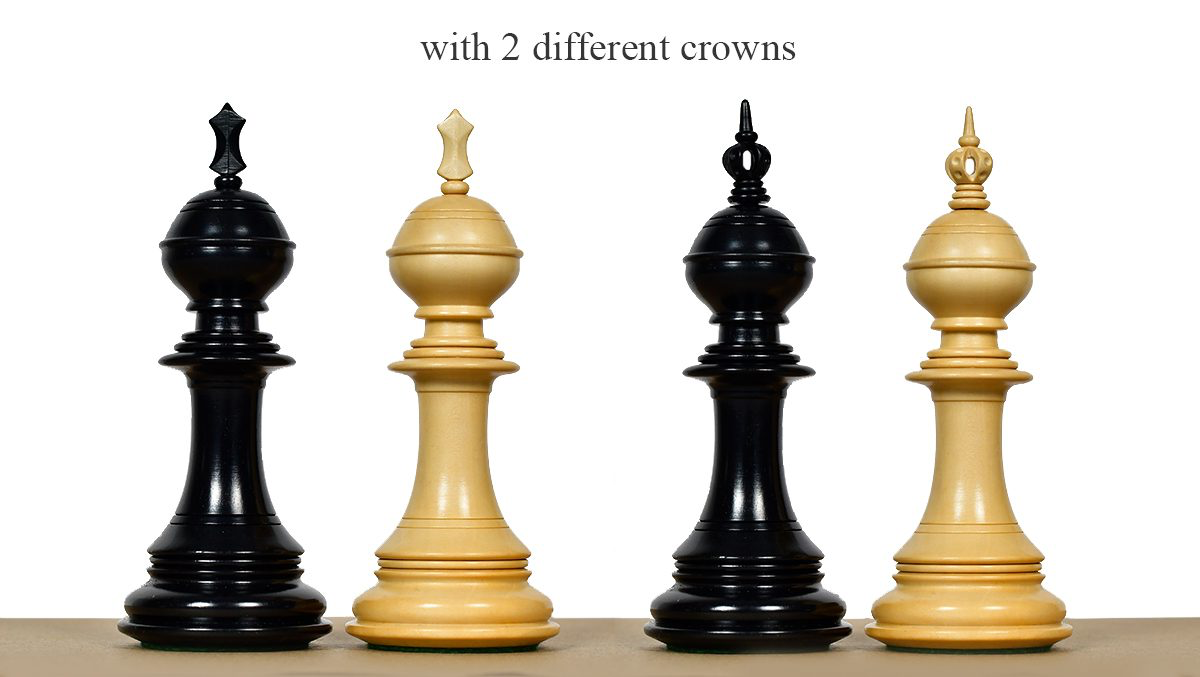
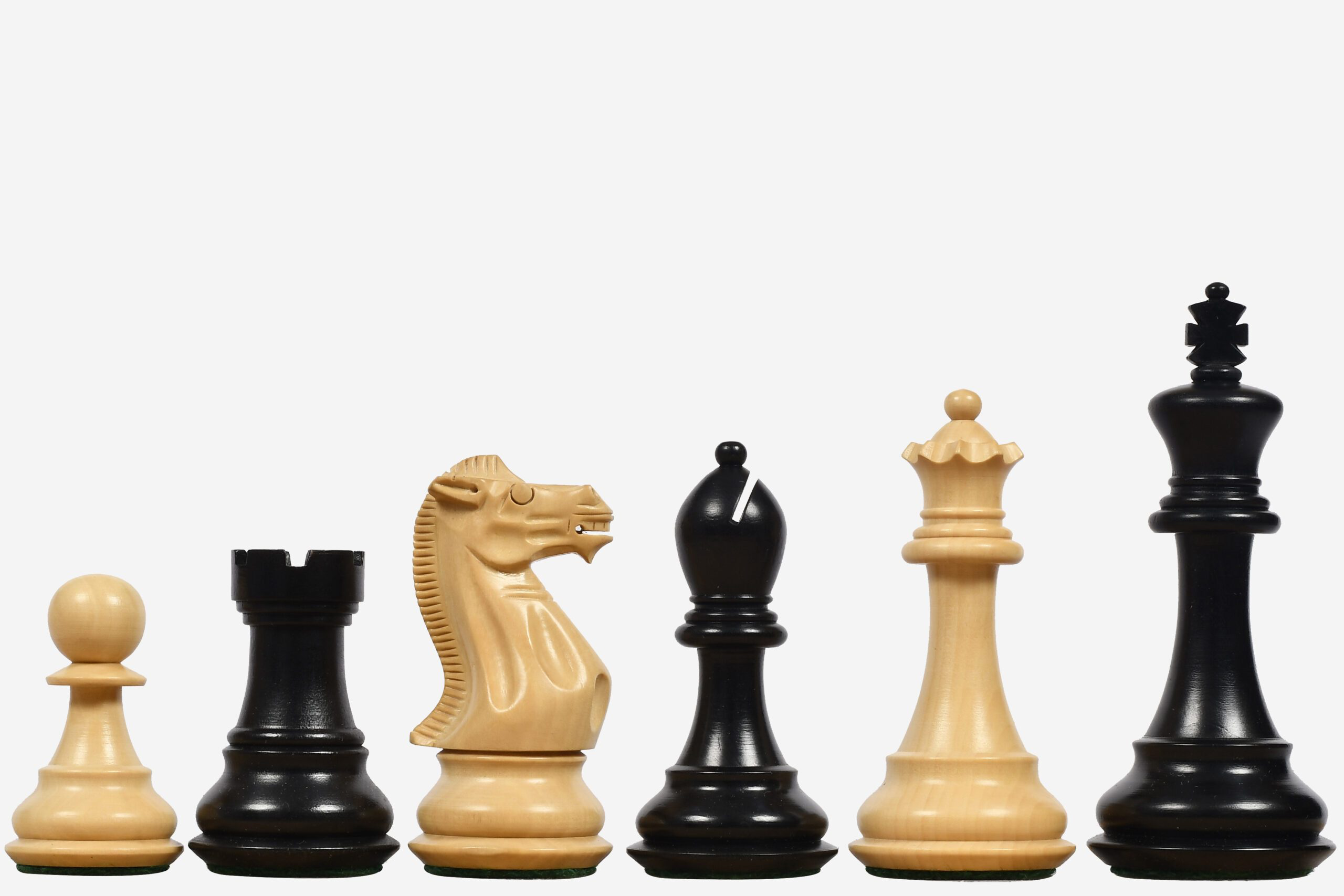
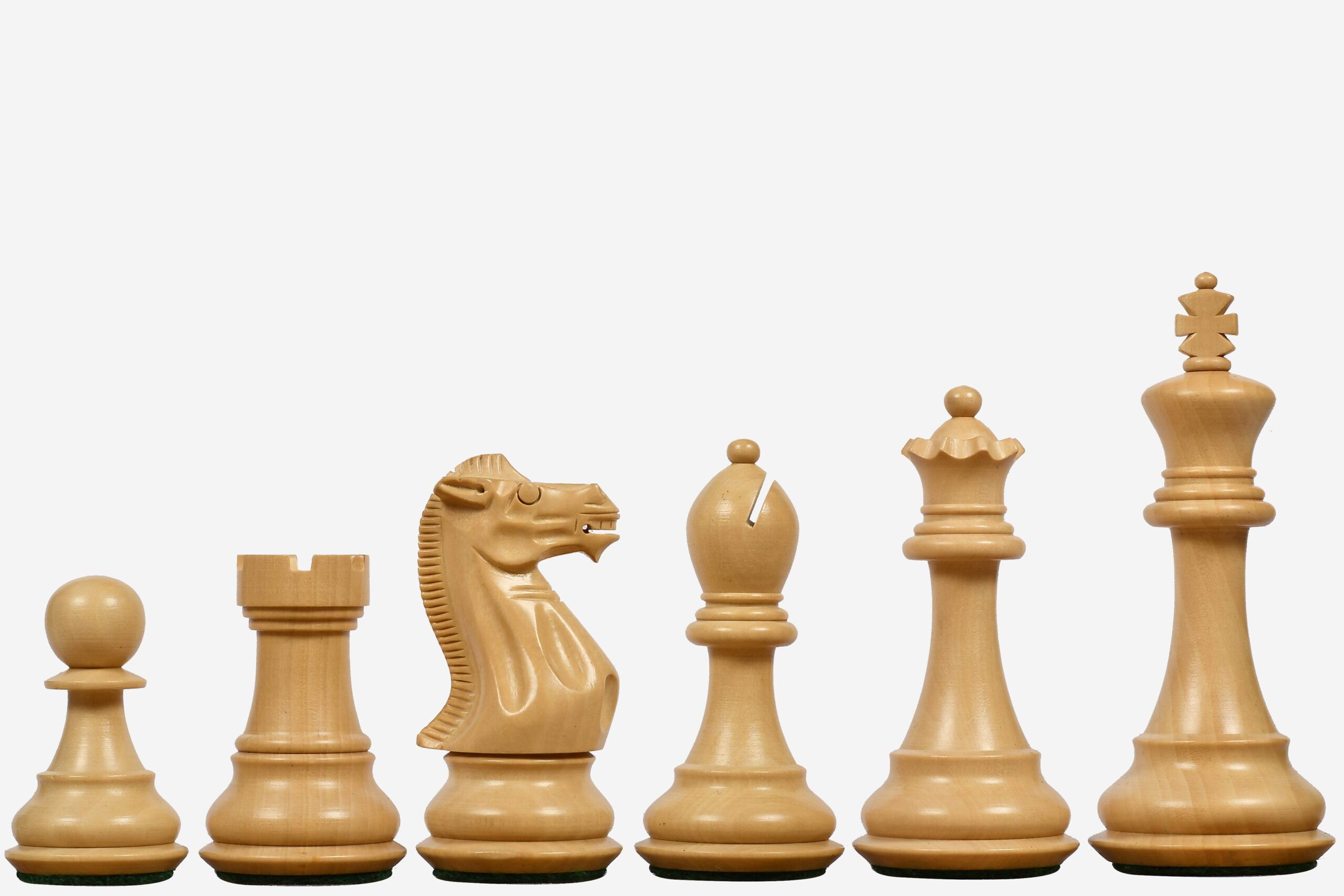
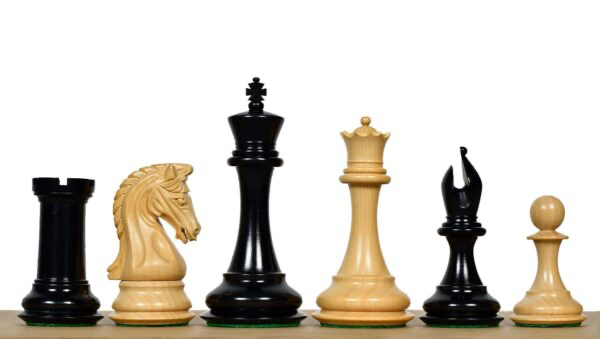
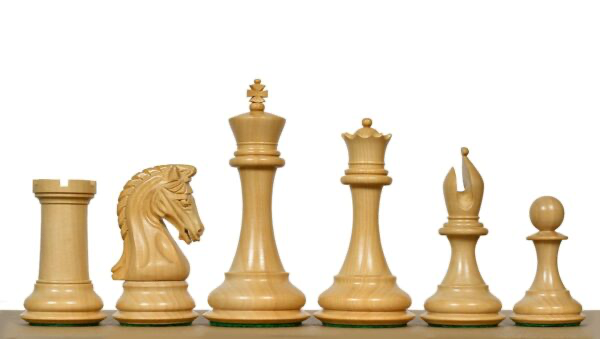
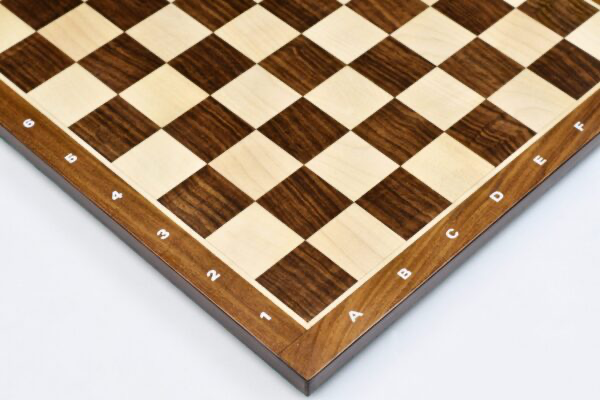
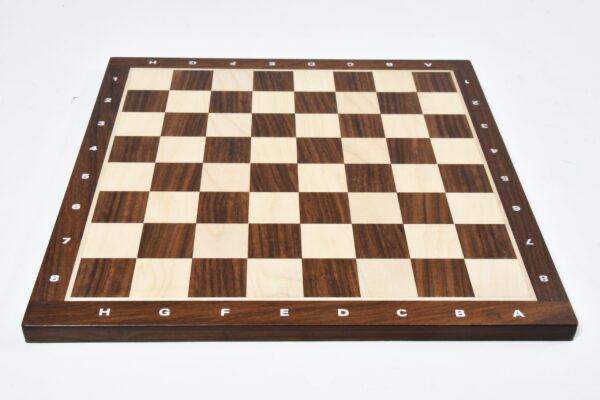
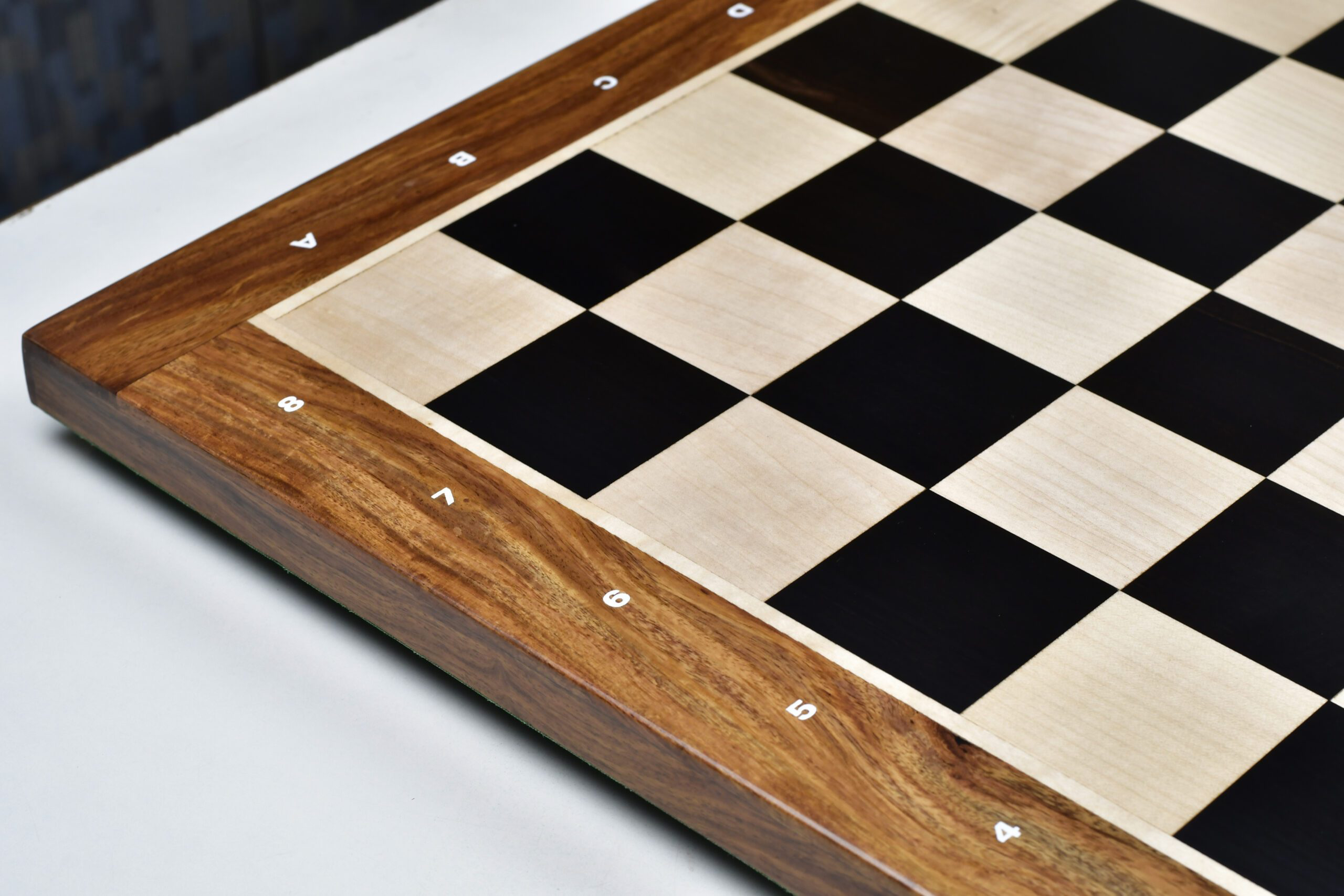
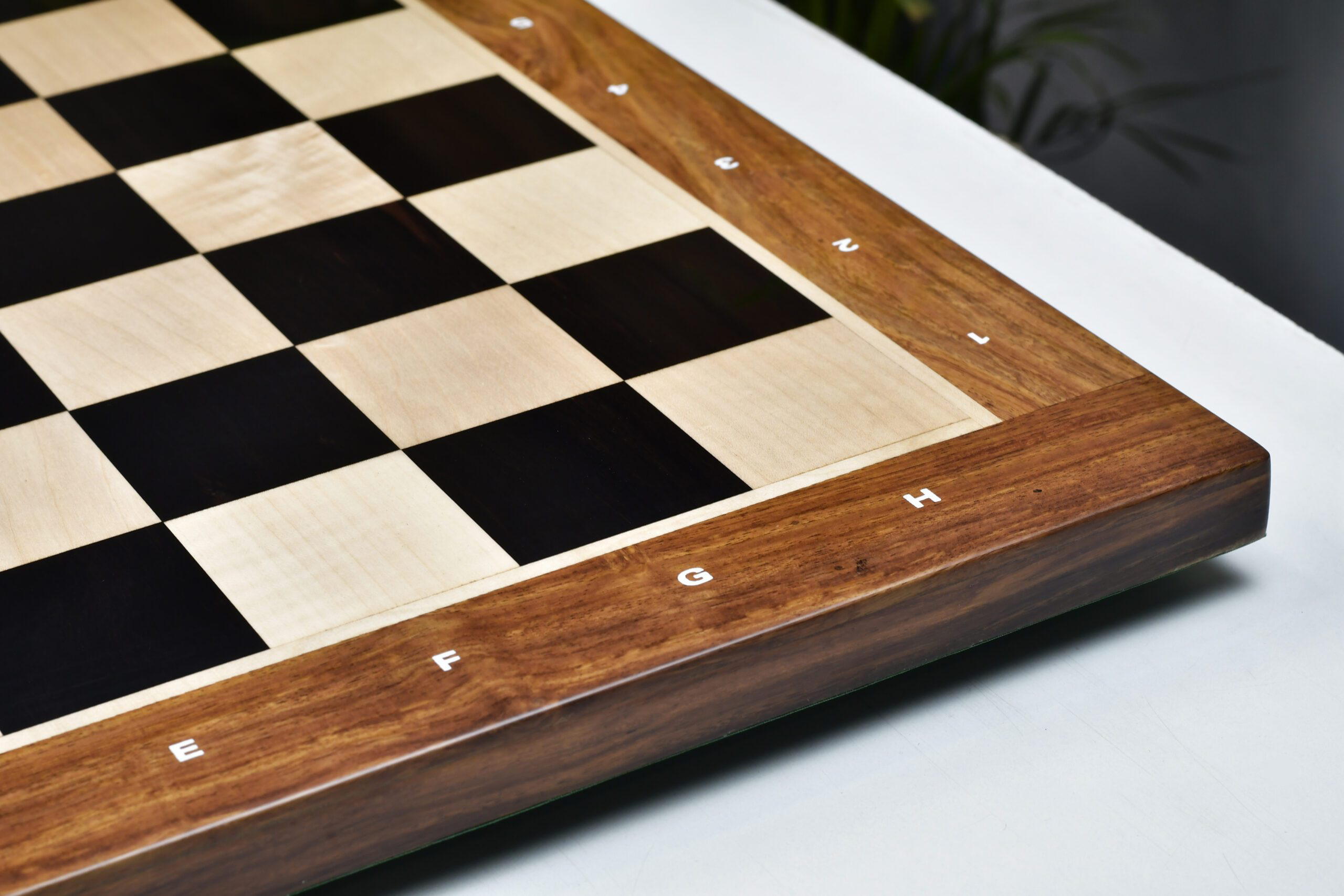


Leave a comment
All comments are moderated before being published.
This site is protected by hCaptcha and the hCaptcha Privacy Policy and Terms of Service apply.